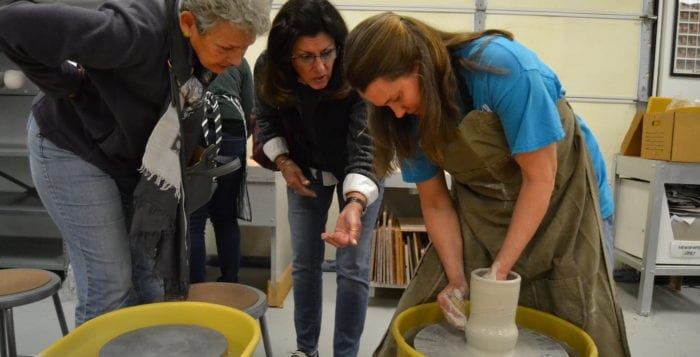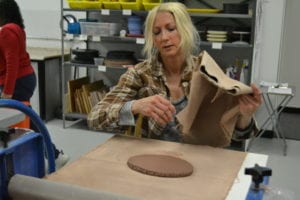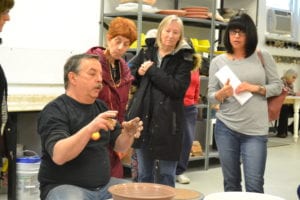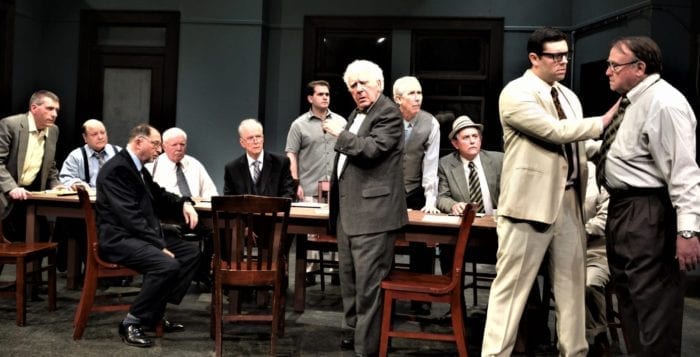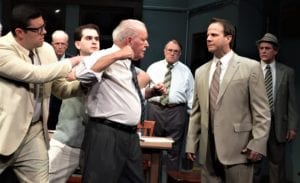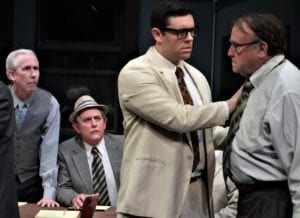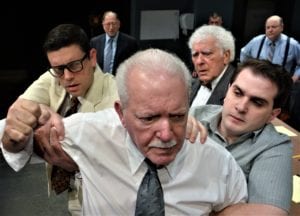By Nancy Burner, ESQ.

On March 31, the New York State Legislature and Gov. Andrew Cuomo (D) finalized the budget for the 2019 fiscal year. In January, the governor’s office set forth a budget proposal. Using that as a jumping-off point, the Legislature and the executive started a negotiation process that resulted in the budget beginning the fiscal year on April 1, 2018.
Elder law attorneys across the state watch the budget proposal and negotiations closely to see what, if any, impact there will be on the Medicaid program. Many elderly and disabled individuals in the state rely on the Medicaid program to cover their costs of long-term care. The budget proposals often suggest changes to eligibility as well as to the methods by which care is provided.
One item that was in the governor’s original proposal, but eventually left out of the final budget, was the elimination of spousal refusal. Spousal refusal is the method by which a spouse in need of care can enroll in the Medicaid program while the healthy spouse can maintain assets in their own name to support their own needs. The final budget left spousal refusal intact. This is a tremendous benefit to the spouses of Medicaid recipients.
The budget did include a change in the way the Medicaid program will be administered to long-term nursing facility residents. Until the budget was enacted, long-term patients in a nursing facility were enrolled in a managed long-term care plan. These plans receive a flat rate from the state for each enrollee regardless of whether the enrollee is receiving a small amount of in-home care, round-the-clock care in the home or nursing facility services.
The new rule is that a patient that has been in a nursing facility for three months will be disenrolled from the managed long-term care plan and their services will be paid directly to the facility from the Medicaid program. The stated purpose for this change is to eliminate any duplication of care coordination services. The concern from the governor’s office was that both the facility and the plan were providing this same service.
Another change to the Medicaid program will impact managed long-term care plan participants who want to switch plans. Prior to the new budget, there were no restrictions on such changes. The new budget states that a plan participant can change plans within the first 90 days after enrollment without cause. However, after the first 90 days, the participant can only change plans once in every 12-month period. Any additional changes after the first 90 days must be for cause. Good cause is listed to include, but is not limited to, issues relating to quality of care and access to providers.
The managed long-term care plans will also be affected by the budget provision that will limit the number of licensed home care agencies with whom a plan can have a contract. As stated above, each plan receives a set rate from the state for each enrollee. That plan then has to contract with an agency to provide the aide in the home for a Community Medicaid recipient.
Until now, a plan was not limited on the number of agencies with which it could hold a contract. As of Oct. 1, 2018, a plan can only hold a contract with one agency for every 75 members it enrolls, and on Oct. 1, 2019, it will be one contract per 100 members.
These budget provisions adjust the ever-changing landscape of the long-term care Medicaid program. The direct impact of these changes on consumers is not yet known. The stated purpose of the managed long-term care program is to streamline the care provided to the aging and disabled population of New York state. Advocates in this area continue to work with the governor and Legislature to make Medicaid long-term care benefits available to all New York residents who require such assistance. Stay tuned.
Nancy Burner, Esq. practices elder law and estate planning from her East Setauket office.



 YIELD: Makes 2 to 4 servings
YIELD: Makes 2 to 4 servings YIELD: Makes 6 servings
YIELD: Makes 6 servings
 On
On 









